The particle tracks emanating from a high energy collision at the LHC in 2014 show the creation of many new particles. It’s only because of the high-energy nature of this collision that new masses can be created.
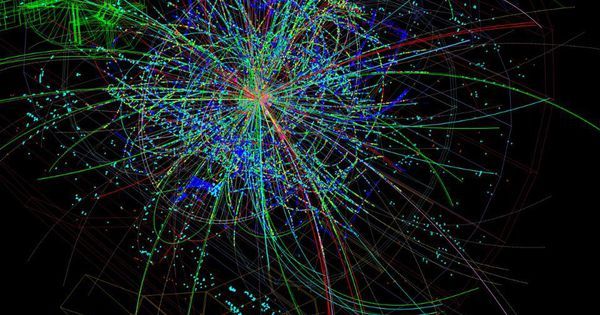

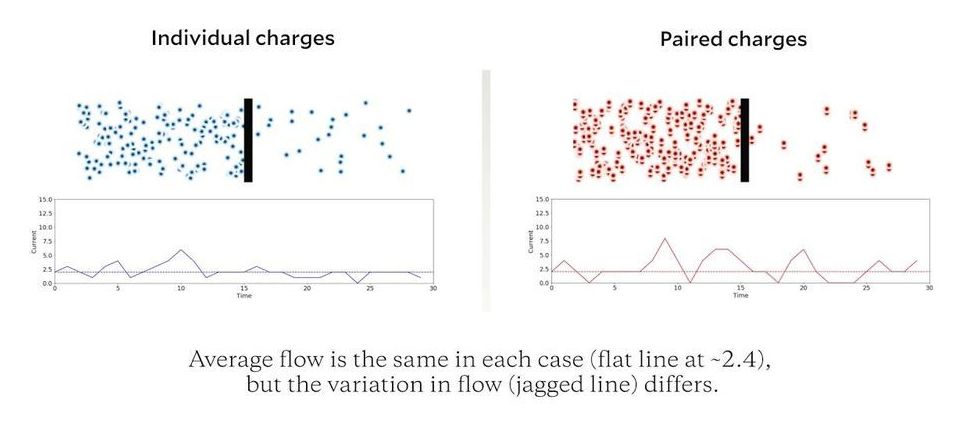
Physicists have found “electron pairing,” a hallmark feature of superconductivity, at temperatures and energies well above the critical threshold where superconductivity happens.
Rice University’s Doug Natelson, co-corresponding author of a paper about the work in this week’s Nature, said the discovery of Cooper pairs of electrons “a bit above the critical temperature won’t be ‘crazy surprising’ to some people. The thing that’s more weird is that it looks like there are two different energy scales. There’s a higher energy scale where the pairs form, and there’s a lower energy scale where they all decide to join hands and act collectively and coherently, the behavior that actually brings about superconductivity.”
Electrical resistance is so common in the modern world that most of us take it for granted that computers, smartphones and electrical appliances warm up during use. That heating happens because electricity doesn’t flow freely through the metal wires and silicon chips inside the devices. Instead, flowing electrons occasionally bump into atoms or one another, and each collision produces a tiny bit of heat.
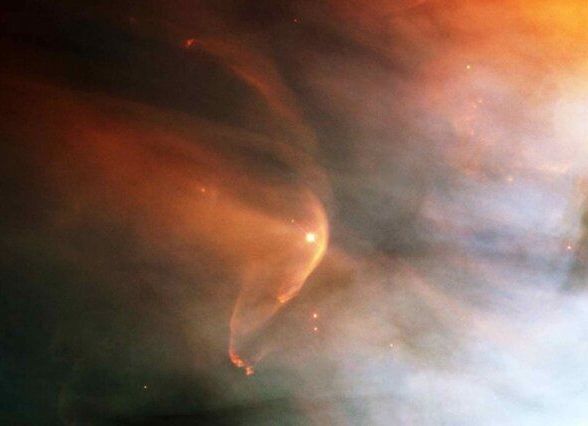
Vast interstellar events where clouds of charged matter hurtle into each other and spew out high-energy particles have now been reproduced in the lab with high fidelity. The work, by MIT researchers and an international team of colleagues, should help resolve longstanding disputes over exactly what takes place in these gigantic shocks.
Many of the largest-scale events, such as the expanding bubble of matter hurtling outward from a supernova, involve a phenomenon called collisionless shock. In these interactions, the clouds of gas or plasma are so rarefied that most of the particles involved actually miss each other, but they nevertheless interact electromagnetically or in other ways to produces visible shock waves and filaments. These high-energy events have so far been difficult to reproduce under laboratory conditions that mirror those in an astrophysical setting, leading to disagreements among physicists as to the mechanisms at work in these astrophysical phenomena.
Now, the researchers have succeeded in reproducing critical conditions of these collisionless shocks in the laboratory, allowing for detailed study of the processes taking place within these giant cosmic smashups. The new findings are described in the journal Physical Review Letters, in a paper by MIT Plasma Science and Fusion Center Senior Research Scientist Chikang Li, five others at MIT, and 14 others around the world.

Researchers have developed artificial ‘chameleon skin’ that changes color when exposed to light and could be used in applications such as active camouflage and large-scale dynamic displays.
The material, developed by researchers from the University of Cambridge, is made of tiny particles of gold coated in a polymer shell, and then squeezed into microdroplets of water in oil. When exposed to heat or light, the particles stick together, changing the color of the material. The results are reported in the journal Advanced Optical Materials.
In nature, animals such as chameleons and cuttlefish are able to change color thanks to chromatophores: skin cells with contractile fibers that move pigments around. The pigments are spread out to show their color, or squeezed together to make the cell clear.
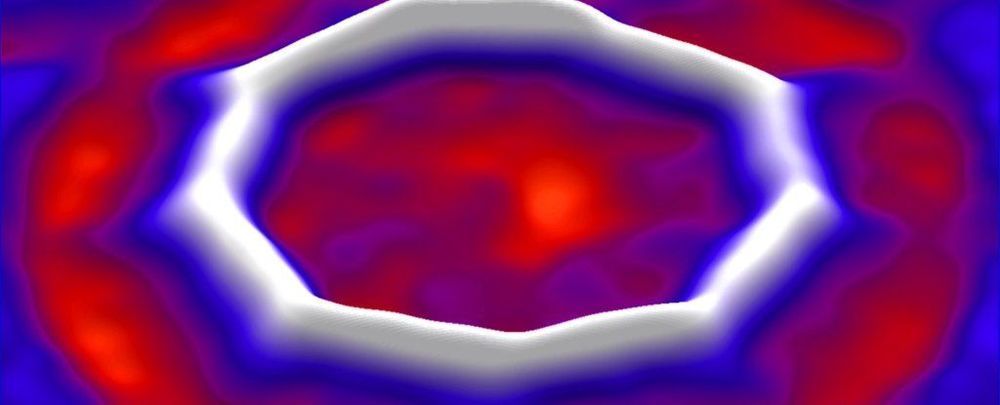
Carbon can be arranged in a number of configurations. When each of its atoms is bonded to three other carbon atoms, it’s relatively soft graphite. Add just one more bond and it becomes one of the hardest minerals known, diamond. Chuck 60 carbon atoms together in a soccerball shape and boom, buckyballs.
But a ring of carbon atoms, where each atom is bonded to just two others, and nothing else? That’s eluded scientists for 50 years. Their best attempts have resulted in a gaseous carbon ring that quickly dissipated.
So it’s a pretty big deal that a team of researchers, from Oxford University and IBM Research, has now created a stable carbon ring.
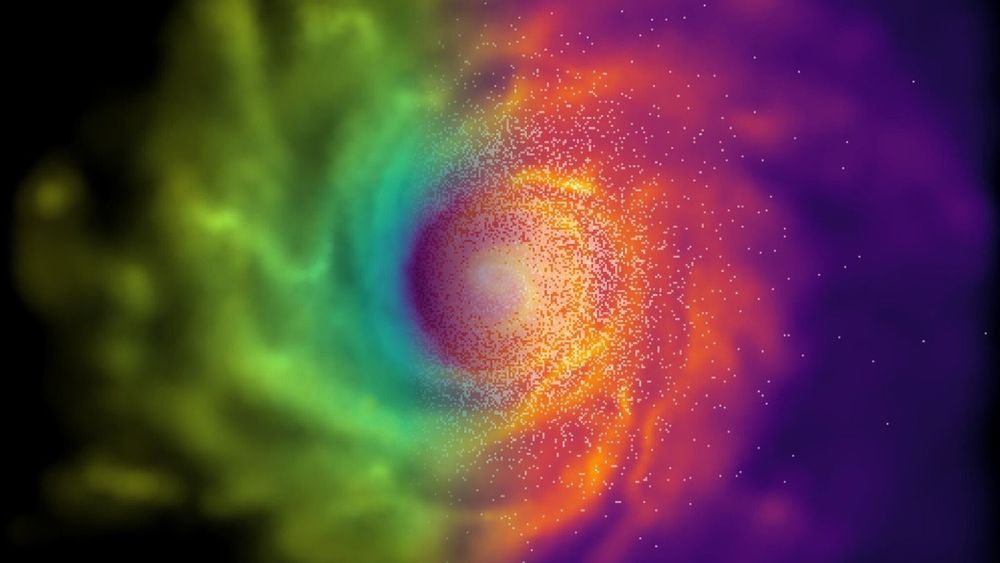
An experiment in the United Kingdom has failed to find evidence of a particle meant to explain most of the universe’s mass. But the search isn’t over.
When cosmologists observe the way the universe expands, they find that present-day theories of matter can’t explain most of the universe’s energy. They call the unknown energy “dark energy,” and theorists have tried to explain it by proposing undiscovered particles and corresponding fields. Experiments have failed to find evidence of such particles, but in physics, that’s not necessarily a bad thing.

A team of scientists from Ohio University, Argonne National Laboratory, Universitié de Toulouse in France and Nara Institute of Science and Technology in Japan led by Ohio Professor of Physics Saw-Wai Hla and Prof. Gwenael Rapenne from Toulouse developed a molecular propeller that enables unidirectional rotations on a material surface when energized.
In nature, molecule propellers are vital in many biological applications ranging from the swimming bacteria to intracellular transport, but synthetic molecular propellers, like what has been developed, are able to operate in harsher environments and under a precise control. This new development is a multiple component molecular propeller specially designed to operate on solid surfaces. This tiny propeller is composed of three components; a ratchet shape molecular gear as a base, a tri-blade propeller, and a ruthenium atom acting as an atomic ball bearing that connects the two. The size of the propeller is only about 2 nanometers (nm) wide and 1 nm tall.
“What is special about our propeller is its multi-component design that becomes chiral on the gold crystal surface, i.e. it forms right- or left-tilted gears,” said Hla. “This chirality dictates the rotational direction when energized.”

Researchers from the Austrian Academy of Sciences and the University of Vienna have experimentally demonstrated what was previously only a theoretical possibility. Together with quantum physicists from the University of Science and Technology of China, they have succeeded in teleporting complex high-dimensional quantum states. The research teams report this international first in the journal “Physical Review Letters”.
In their study, the researchers teleported the quantum state of one photon (light particle) to another distant one. Previously, only two-level states (“qubits”) had been transmitted, i.e., information with values “0” or “1”. However, the scientists succeeded in teleporting a three-level state, a so-called “qutrit”. In quantum physics, unlike in classical computer science, “0” and “1” are not an ‘either/or’ – both simultaneously, or anything in between, is also possible. The Austrian-Chinese team has now demonstrated this in practice with a third possibility “2”.
Novel experimental method.

By Leah Crane
Some ideas about the quantum world appear to suggest there are many versions of you spread out across many parallel universes. Now, two scientists have formulated a proof that attempts to show this is really true.
The proof involves a fundamental construct in quantum mechanics called Bell’s theorem. This theorem deals with situations where particles interact with each other, become entangled, and then go their separate ways. It is what’s called a “no-go theorem”, one designed to show that some assumption about how the world works is not true.
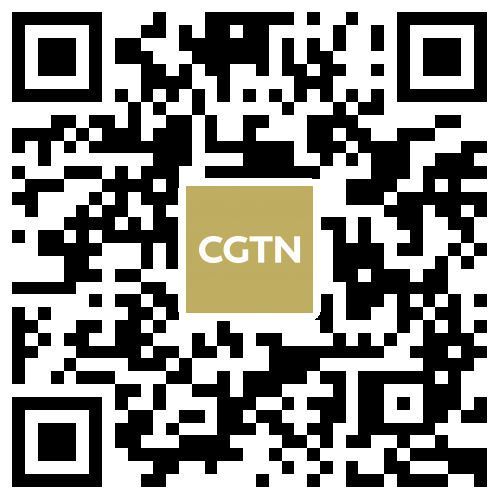
For the first time, Chinese scientists have demonstrated the experiment of transferring quantum information in a 3D state.
Limited in a two-level state for a long time, the study paves the way to teleporting the complete quantum state of a particle, according to an article in American Physical Society a top peer-review journal.
According to Pan Jianwei, coauthor of the study known as the “father of quantum” in China, quantum teleportation is a new communication method to transfer quantum information – a particle’s quantum state in the micro-world.